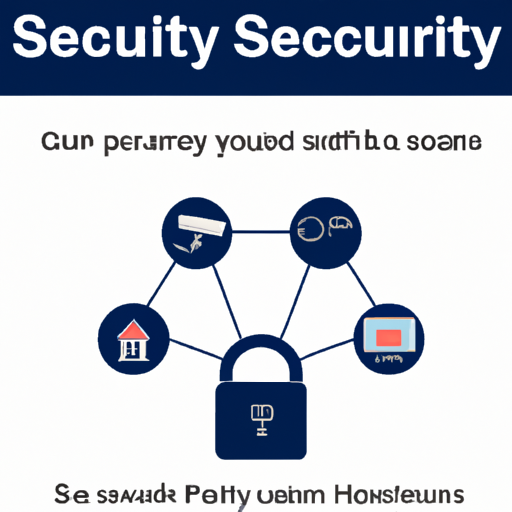 Setting up your smart home security system can be a breeze, especially if you opt for a DIY-friendly option. Different brands and system types may have varying installation processes, but most manufacturers provide step-by-step instructions to guide you through the setup.
Setting up your smart home security system can be a breeze, especially if you opt for a DIY-friendly option. Different brands and system types may have varying installation processes, but most manufacturers provide step-by-step instructions to guide you through the setup.
If you’re considering a DIY installation for your smart security system, here are the general steps involved:
**Plan your system:** Before you start installing anything, take the time to carefully plan where each component will go. This includes cameras, motion detectors, sensors, and the central hub. Think about which areas of your home you want to monitor closely and the range of your chosen sensors and cameras.
**Set up the central hub:** The central hub is like the brain of your system, connecting all your security devices. It’s best to place it in a central location in your home, and the manufacturer should provide instructions on how to connect it to your wifi network.
**Install the cameras:** Position your cameras to cover entry points and high-traffic areas within wifi range of the central hub. Most cameras can be mounted using adhesive strips or screws, and be sure to follow the instructions to connect them to the central hub.
**Install the door and window sensors:** Make sure the two parts of a sensor align when closed, then attach them to the frame and opening section of doors or windows. This allows the sensor to detect when they’re opened and alert the home alarm system.
**Install the motion detectors:** Place motion detectors in areas where you want to detect movement, such as large rooms and hallways. Follow the manufacturer’s instructions for mounting height and angle, as well as how to connect them to the central hub.
**Install the smart locks:** If your system includes smart locks, follow the manufacturer’s instructions to replace your existing locks. Make sure your door is compatible with the smart lock before purchasing.
**Configure your system:** Once everything is installed, use the mobile app to configure settings for your security devices, like motion sensitivity and camera recording preferences.
**Test your home security system:** Trigger each sensor, check camera feeds, and test other components to ensure everything is connected and communicating correctly with the central hub.
**Set up monitoring and automation:** If your system includes monitoring services or smart home automation features, you can manage them through your mobile app.
By following these steps, you’ll have your smart home security system up and running in no time. Stay safe and secure!